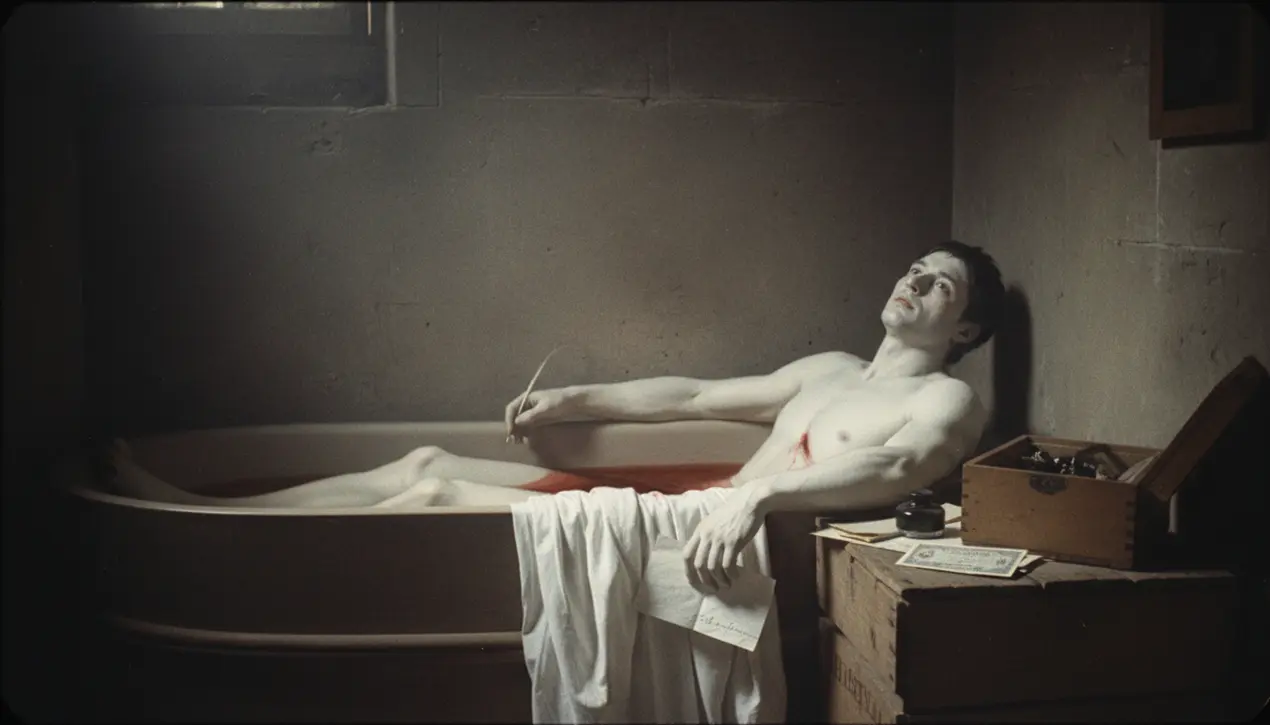
Entertainmenttheatre & artsArt Exhibitions
The Political Power of the Brush: How Jacques-Louis David Weaponized Art
AM
Amanda Lewis
2 hours ago7 min read1 comments
Jacques-Louis David did not simply paint history; he authored it with a political agenda. His 1793 work, 'The Death of Marat,' stands as a definitive example of art as revolutionary propaganda.Rather than depicting the brutal assassination of journalist Jean-Paul Marat with factual detachment, David engineered a potent secular icon. He recast Marat, murdered in his bathtub by Charlotte Corday, as a republican martyr, drawing direct parallels to Christian imagery of the pietà.Every component of the painting is a deliberate political calculation. The sparse background focuses all attention on the luminous, saintly body of the fallen hero.The letter from his assassin, held in his slack hand, underscores the treachery of the act, while the modest writing box signifies his supposed virtue. This was not a record of an event, but a tool to shape public perception and consolidate power.David, a fervent Jacobin, consciously abandoned the ornate styles favored by the aristocracy for a severe Neoclassical aesthetic. This stylistic shift was itself a revolutionary act, replacing royalist flattery with a visual language of civic duty, stoicism, and sacrifice.The enduring power of 'The Death of Marat' lies in its masterful fabrication—it omits Marat's notorious radicalism and the skin disease that confined him to the bath, presenting a sanitized, heroic narrative designed to serve a cause. David’s legacy is a stark reminder that aesthetic choices are never neutral; they are fundamental instruments of ideology and control, a truth that echoes wherever art is deployed to build a myth or bury an inconvenient truth.
#Jacques-Louis David
#The Death of Marat
#French Revolution
#Neoclassicism
#Political Art
#Art History
#featured
Stay Informed. Act Smarter.
Get weekly highlights, major headlines, and expert insights — then put your knowledge to work in our live prediction markets.
Comments
Loading comments...
© 2025 Outpoll Service LTD. All rights reserved.